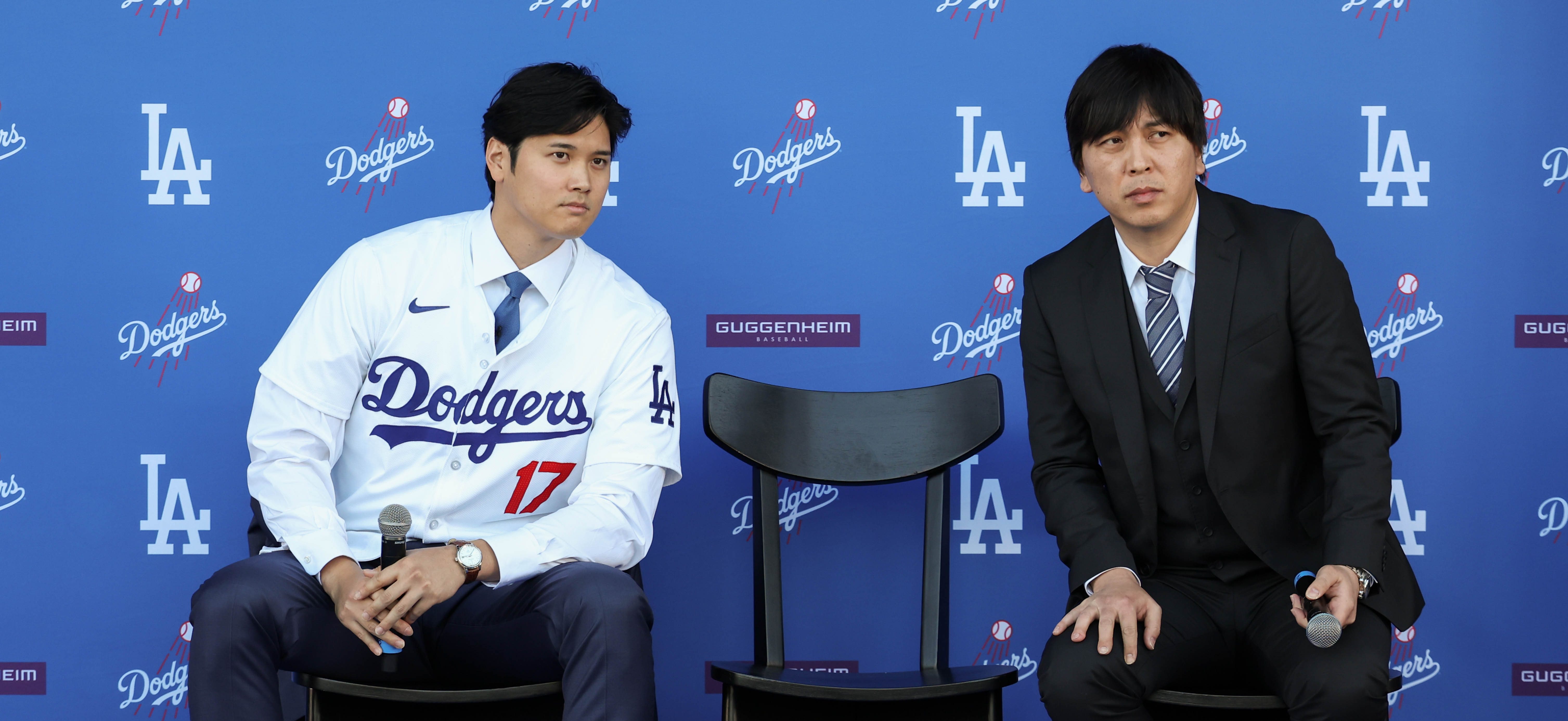A young fan sat behind the Cubs’ dugout –manager David Ross guessed the boy was about eight years old – at Camelback Ranch last week.
The kid’s enthusiasm made Ross turn around three or four times throughout the game, as the young fan shouted things like, “Take one for a ride!”
Soon after Mayor Lori Lightfoot announced the return of fans to Chicago’s major-league ballparks, Ross brought up that spring training fan in a Zoom press conference Monday. Wrigley Field and Guaranteed Rate Field are approved for 20 percent capacity on Opening Day.
Stay in the game with the latest updates on your beloved Chicago sports teams! Sign up here for our All Access Daily newsletter.
“It's already been nice here in Arizona just to hear the cheers and the heckling,” Ross said. “I’m super excited about that. I think everybody is trying to work back to some sense of normal and get back with fans in the stands. We're super grateful for that and can't wait to get to Wrigley and get the season started with some fans in the stands.”
For the Cubs, the announcement means up to 8,274 fans per game, starting with their home opener against the Pirates on April 1. Fans will sit in “pods,” with each group socially distanced from the next. All attendees will be required to wear masks, unless under the age of 2.
“Everybody benefits from seeing fans in the bleachers and being around the park and just enjoying the atmosphere at Wrigley,” Cubs pitcher Jake Arrieta said. “So, even though it’s only 20 percent, that’s a good start.”
As the vaccine rollout continues, the city left open the possibility that more fans could be allowed in Chicago ballparks later in the season.
MLB
RELATED: Why vaccines could be shot in arm for Cubs at trade deadline
Ross said the financial implications of the announcement haven’t been on his radar. But Cubs president of baseball operations Jed Hoyer has gained budget flexibility once already this year.
According to Hoyer, “better news” in a few areas altered the business side’s forecasts and allowed the Cubs to move into the higher end of their player payroll budget later in the offseason. Last month, long before the city of Chicago made the fans’ return official, Hoyer was talking about the play on the field – not financial restraints – determining whether the Cubs would be buyers or sellers at the trade deadline.
“My hope certainly is that we're on the buy side of that,” Hoyer said. “But those are the hard decisions that you have to make in this job if we're not playing well.”
Now, the Cubs at least have finalized figures to work with for revenue projections early in the season.
Less than a month away from Opening Day, Ross is focused on more immediate implications. Cactus League ballparks have been operating at partial capacity this spring, and Ross said it’s been fun seeing an added “bounce” from his players in warmups. Now, imagine Wrigleyville on a game day.
“I don't know if there's anything like it in professional sports,” Ross said. “It just really is a special place to come to.”
Gordon Wittenmyer contributed to the reporting of this story.


